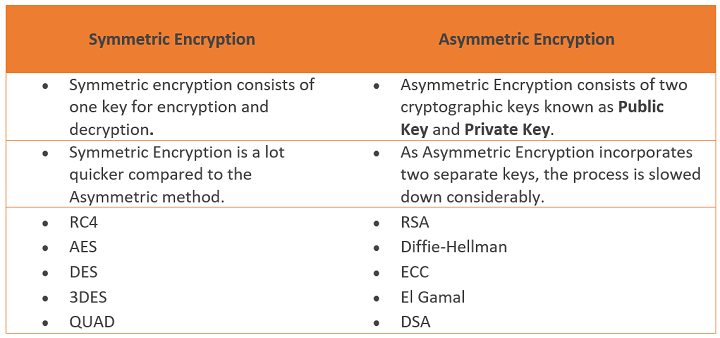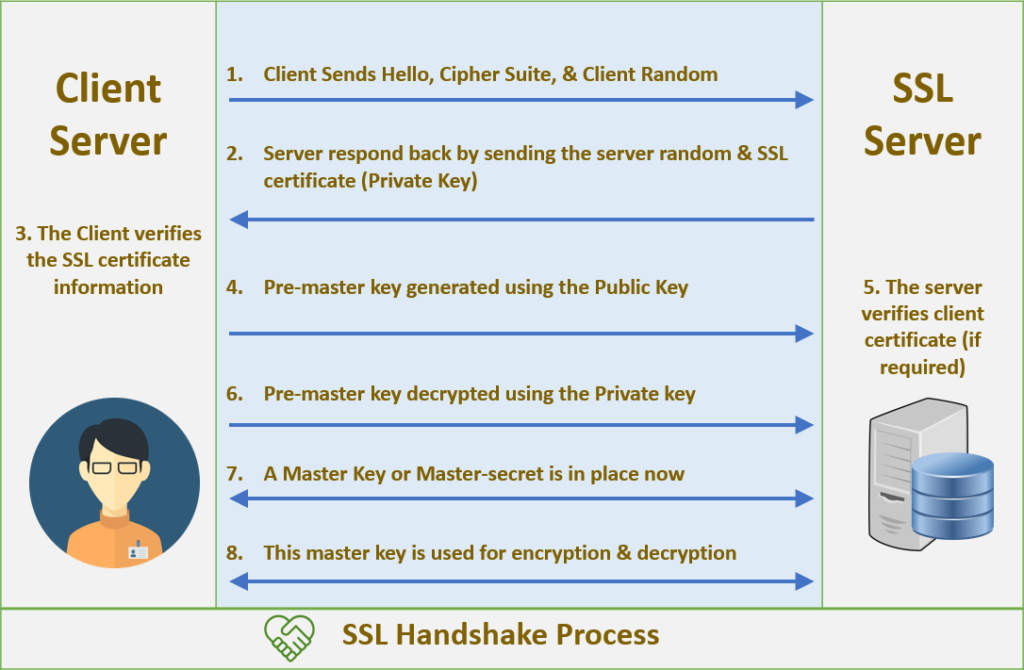CCNP Chapter 2: Cryptography
Encryption Mechanisms
Encryption ensures data confidentiality by converting plaintext into ciphertext. The main encryption categories are:
- Symmetric Encryption: Uses a single key (e.g., AES, ChaCha20)
- Asymmetric Encryption: Uses a key pair - public and private (e.g., RSA, ECC)
 View Full Image
View Full Image
Hashing Algorithms
Hashing is used for data integrity checks. It produces a fixed-size output from input data. Examples include:
- SHA-256, SHA-3
- BLAKE2
- HMAC: Hash-based Message Authentication Code (adds authentication)
Public Key Infrastructure (PKI)
PKI enables secure communication through digital certificates:
- Certificate Authority (CA): Issues digital certificates
- Digital Signature: Ensures authenticity and integrity
- SSL/TLS: Encrypts data in transit between web servers and browsers
 View Full Image
View Full Image
Post-Quantum Cryptography
Quantum computers pose a threat to traditional encryption. Post-quantum cryptography is being developed to mitigate this:
- CRYSTALS-Kyber: Key encapsulation
- Dilithium: Digital signatures
- Part of NIST's standardization initiative